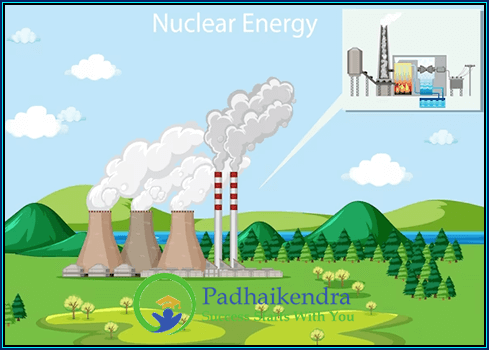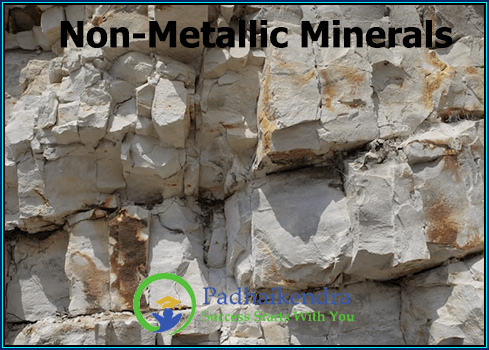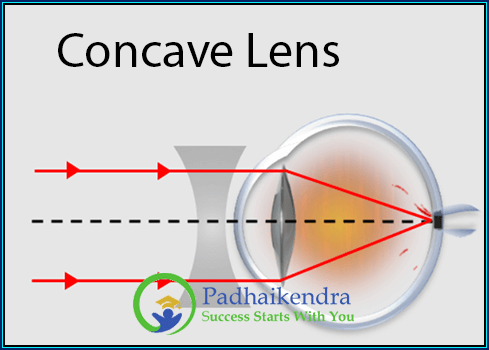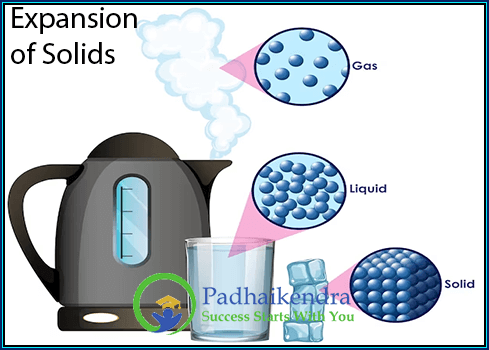Gases
A gas is a state of matter in which the particles are so far apart that they exert little or no force of attraction on each other. They are characterized by their ability to expand and fill any container they are placed in, and they have no fixed shape or volume. This is because the …










